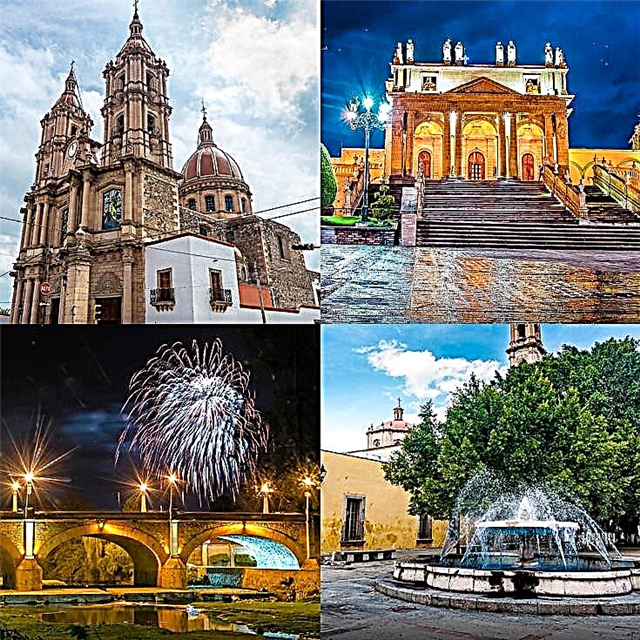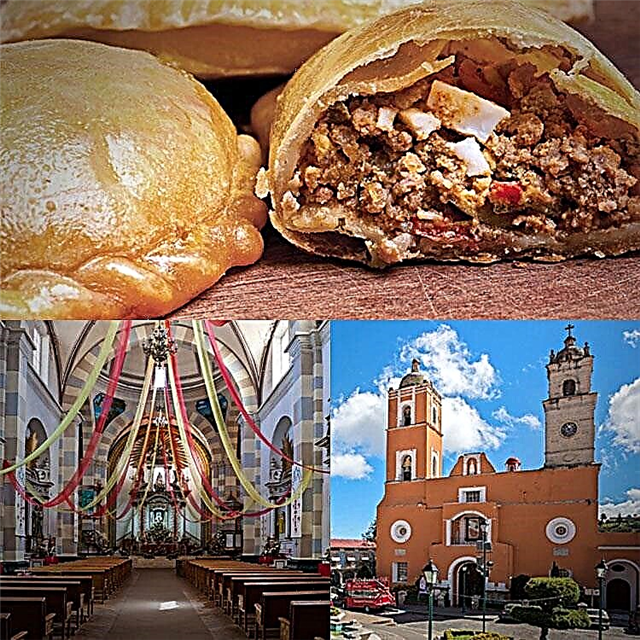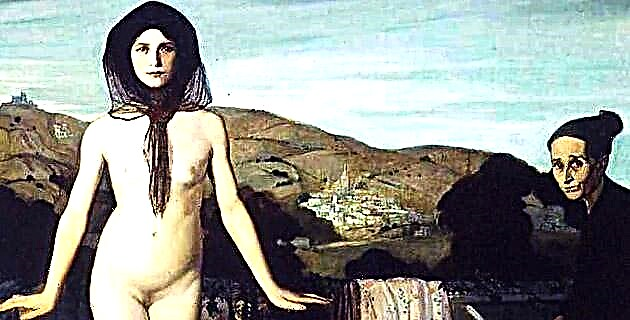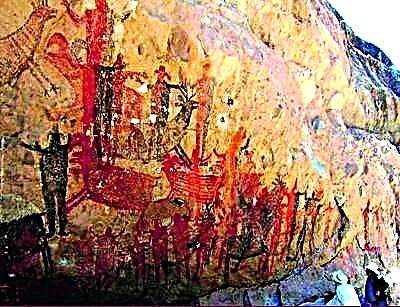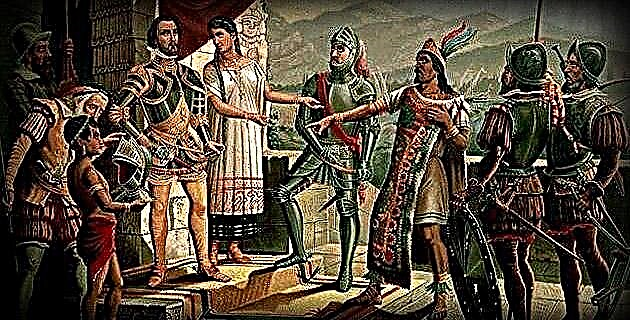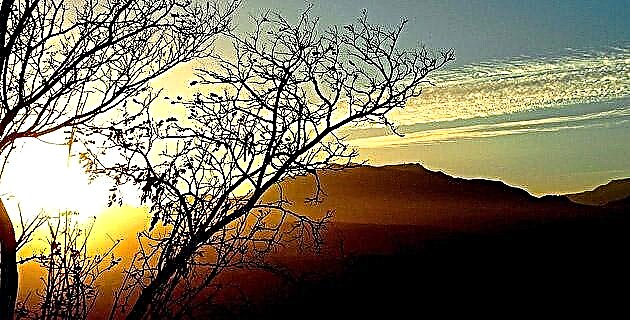
Between the Sea of Cortez and the Pacific Ocean, on the edge of the Tropic of Cancer, in the Baja California peninsula, there is a true “island of clouds and conifers” that emerges from the vast and desolate Baja California desert.
This extraordinary "Darwinian" paradise has its origin in the last phases of the Pleistocene, a time when climatic conditions allowed the development of a true "biological island", which is located in a mountainous system of granite origin composed of the Sierra de la Trinidad, a large massif that encompasses the Sierra de la Victoria, La Laguna, and San Lorenzo, which are separated by seven large canyons. Five of these canyons, that of San Dionisio, that of Zorra de Guadalupe, that of San Jorge, that of Agua Caliente and that of San Bernardo, known as Boca de la Sierra, are found on the Gulf slope, and the others two, that of Pilitas and that of La Burrera in the Pacific.
This great ecological paradise covers an area of 112,437 ha and was recently declared a “Sierra de la Laguna” Biosphere Reserve, in order to protect the flora and fauna that inhabit it, because much of it is in danger of extinction .
Our first encounter at the site was with the deciduous forest, and with the thickets and giant cacti. Infinite plains and slopes are covered by this interesting and spectacular ecosystem, which develops from 300 to 800 meters above sea level and is home to about 586 plant species, of which 72 are endemic. Among the cacti we could see saguaros, pitayas, chollas with and without thorns, cardón barbón and viznagas; We also saw agaves such as sotol and mezcal, and trees and shrubs such as mesquite, palo blanco, palo verde, torote blanco and colorado, hump, epazote and datilillo, yucca that characterizes the area. This vegetation is home to quail, pigeons, woodpeckers, queleles and caracara hawks. In turn, amphibians, lizards and snakes such as the rattlesnake and the chirrionera inhabit the low jungle area.
As we traveled the dirt road towards La Burrera, the vegetation changed and the landscape was greener; the branches of the trees with their yellow, red and violet flowers were increasingly in contrast to the rigidity of the cacti. At the Burrera we loaded the animals with the equipment and started the walk (there were 15 of us in total). As we went up, the path became narrower and steeper, which made it difficult for the animals to transit, and in some places the load had to be lowered so that they could pass. Finally, after five hours of strenuous walking, we reached Palmarito, also known as the Ojo de Agua because of the stream that runs in the place. In this place the climate was more humid, the clouds ran over our heads and we found a large oak forest. This plant community is located between the low deciduous forest and the pine-oak forest, and due to the steep topography of the terrain it is the most fragile and the easiest to erode. The main species that compose it are oak oak and guayabillo, although it is also common to find species from the low jungle such as torote, bebelama, papache and chilicote.
As we advanced, the landscape was more spectacular, and when we reached a place known as La Ventana at 1200 m above sea level, we found one of the most beautiful views of our country. The mountainous areas followed one after the other, passing through all the shades of green imaginable, and on the horizon our view ran into the Pacific Ocean.
During the ascent, one of our companions began to feel bad and when he reached La Ventana he could not take another step; collapsed victim of a herniated disc; His legs no longer felt, his lips were purple and the pain was extremely severe, so Jorge had to inject him with morphine and Carlos had to lower him on the back of a mule.
After this serious accident we continued with the expedition. We continue climbing, we pass the area of the oaks and at 1,500 m above sea level we find the pine-oak forest. This ecosystem is the one that dominates the heights of the mountains up to a point known as El Picacho, which is 2,200 m above sea level and from where on a clear day the Pacific Ocean and the Sea of Cortez can be seen at the same time.
The main species that inhabit this area are the black oak, the strawberry tree, the sotol (endemic palm species) and the stone pine. These plants have developed adaptive strategies such as bulbous roots and underground stems, to survive the followings from April to July.
The afternoon was falling, the hills were painted gold, the clouds ran between them, and the hues of the sky ranged from yellow and orange to purple and blue at night. We continue walking and after about nine hours we reach a valley known as La Laguna. The valleys form another interesting ecosystem in this region and small streams run through them where thousands of frogs and birds live. It is believed that in the past they were occupied by a large lagoon, which no longer exists although it is marked on the maps. The largest of these valleys is known as the Laguna, it covers 250 ha and is 1 810 m above sea level; two other important ones are the Chuparrosa, at 1 750 m above sea level and with an area of 5 ha, and the one known as La Cieneguita, near the Laguna.
With regard to birds, in the entire Los Cabos region we find 289 species, of which 74 live in the Laguna and 24 of these are endemic to that area. Among the species that live there we have the peregrine falcon, the Santus hummingbird, endemic to the sierra, and the pitorreal that lives freely in the oak forests.
Finally, we can say that although we did not see them, this region is home to mammals such as the Mule deer, in danger of extinction due to indiscriminate hunting, the stone mouse, endemic to the region, an endless number of rodents, shrews, bats, foxes , raccoons, skunks, coyotes and the mountain lion or cougar.
Photographer specialized in adventure sports. He has worked for MD for over 10 years!

